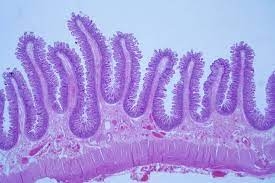
Histology, also known as microscopic anatomy or microanatomy, is the branch of biology which studies the microscopic anatomy of biological tissues. Histology is the microscopic counterpart to gross anatomy, which looks at larger structures visible without a microscope.
Histopathology is the branch of histology that includes the microscopic identification and study of diseased tissue. It is an important part of anatomical pathology and surgical pathology, as accurate diagnosis of cancer and other diseases often requires histopathological examination of tissue samples. Trained physicians, frequently licensed pathologists, perform histopathological examination and provide diagnostic information based on their observations.
Because of the great variety of tests that are available, and the high level of skill that is needed to carry them out and interpret them, many laboratories specialise in particular tissues or types of diagnosis. For example, a neuropathology laboratory will focus on understanding diseases that affect the nervous system.
Histology is also used extensively in biomedical research, to identify the causes and possible treatments for disease. This type of research may take place in a hospital laboratory but it is more often carried out in universities, research institutes and pharmaceutical companies.
The conventional view of a histopathologist is someone looking down a microscope. Most histological work does indeed involve the preparation of tissues for microscopy, observation of sections and reporting of the findings. However, a pathologist can often tell a great deal about a tissue without using a microscope.
Picture Credit : Google




